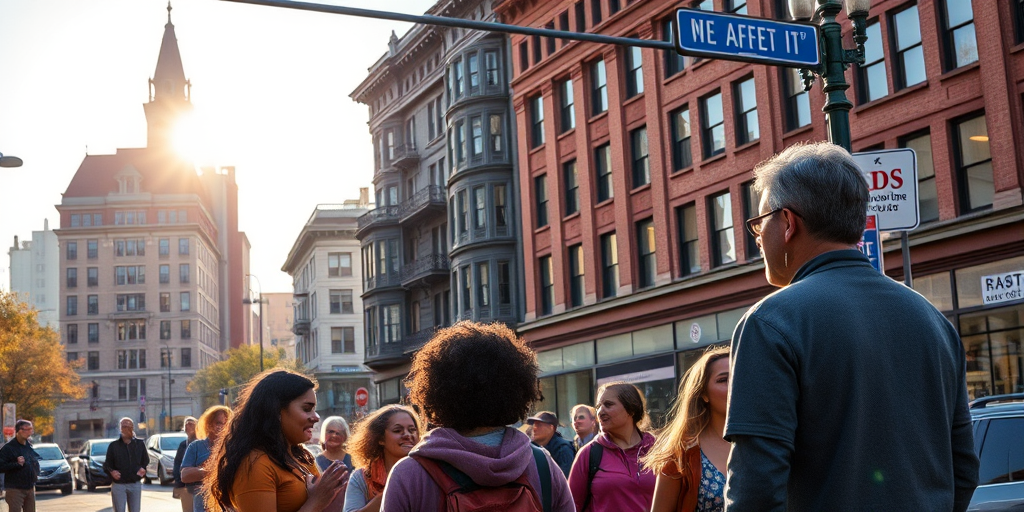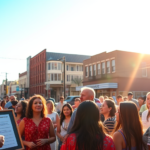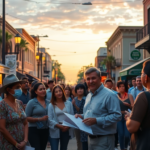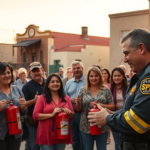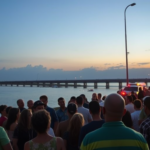Portland Drivers Make Strides in Safety: What it Means for the Rio Grande Valley
Recent findings from Allstate’s Best Drivers Report have revealed an intriguing trend in driving safety across the Pacific Northwest, notably with Portland making significant improvements over the past decade. While this may seem a world away from the Rio Grande Valley (RGV), the implications of such data and the strategies employed in Portland may provide valuable lessons to our own community striving for safer roads.
Portland’s Climb in Safety Rankings
According to the Allstate report, Portland has ascended 81 spots since 2015, now ranking 102nd among America’s 200 most populous cities for safe driving. While the city still faces challenges—evidenced by higher-than-pre-pandemic levels of traffic fatalities (58 in 2024 down from 69 in 2023 but higher than the pre-pandemic average of 41)—the trend towards improvement is encouraging. The report also highlighted nearby Eugene, Oregon, as a leading example, ranking 10th on the list.
The emphasis on improvement can be seen in additional regional successes, with Seattle, Tacoma, Bellevue, and Anchorage also noted for positive shifts in driving safety.
Lessons for the Rio Grande Valley
So, how do these findings resonate with the Rio Grande Valley? South Texas, with its rapidly growing population and expanding urban development, faces its own unique challenges. According to the Texas Department of Transportation, traffic incidents remain a prominent concern in the RGV. Implementing tested strategies from cities like Portland could be integral in reducing these numbers and enhancing local safety.
Mark Gonzalez, a traffic safety specialist from the University of Texas Rio Grande Valley (UTRGV), suggests: “Portland’s strategies in road safety, such as enhanced street lighting, stricter enforcement of traffic laws, and community-driven initiatives, could be adapted and utilized in the RGV to improve road conditions and driver behavior.”
Past and Present Challenges
The RGV has seen its share of traffic safety challenges over the years, compounded by factors such as weather conditions and increasing traffic volumes. Previous initiatives, like local awareness campaigns and the installation of improved traffic signage, have attempted to address these concerns but with limited results.
Local resident Laura Lopez recalls a time when road safety campaigns were more visible around schools and community centers. “We need to revisit some of those community-based approaches,” she says. “People here respond well to initiatives that involve them directly.”
Potential Implementations
Utilizing insights from Portland, Valley residents and officials can explore options such as:
1. **Enhanced Driver Education**: Focusing on both new drivers and those with prior offenses.
2. **Improved Road Design**: Investing in infrastructure that naturally reduces speed, such as roundabouts and narrower lanes.
3. **Public Awareness**: Intensifying campaigns that stress seat belt use, reducing distracted driving, and the importance of obeying speed limits.
4. **Technology Integration**: Implementing real-time traffic and weather alerts as employed by Portland’s transportation departments.
While adopting these practices requires resources and collaboration between agencies, the ultimate payoff in terms of safety and community well-being cannot be overstated.
Looking Forward: A Safer RGV
The path to a safer RGV involves consideration of diverse perspectives, from public officials to everyday drivers. Discussions at community forums, like those held by the RGV Transportation Committee, will be vital in tailoring solutions that genuinely address the needs of our region.
Raymond Castillo, a member of the committee, conveys optimism: “With the right policies inspired by data-driven outcomes such as Portland’s, we can definitely make our cities safer for all residents.”
For citizens interested in contributing to shaping future initiatives, local government invites participation through public comment at scheduled hearings.
Resources and Engagement
For more information on road safety efforts or to volunteer for community advocacy groups focusing on this issue, residents are encouraged to reach out to the RGV Road Safety Task Force at [insert contact information]. Real-time updates and further resources can be accessed through the RGV Traffic and Safety online portal.
In sum, as Portland charts its path to safer roads, the Rio Grande Valley can draw parallels and incorporate successful strategies while addressing its own specific needs. Through collective action and informed policy-making, we can envision and ensure safer streets for everyone in South Texas.

